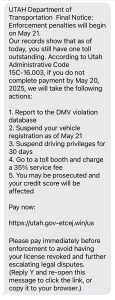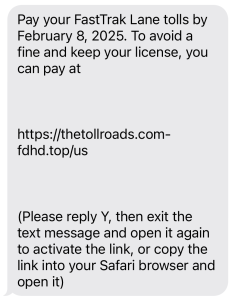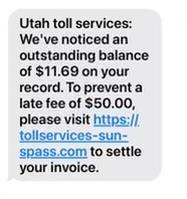UDOT identifies Gondola B as the preferred alternative in Little Cottonwood Canyon
August 31, 2022
Today the Utah Department of Transportation identified Gondola B as the single preferred alternative developed as part of the Little Cottonwood Canyon Final Environmental Impact Statement (EIS) to improve transportation in the canyon.
Gondola B, with phased implementation, best meets the project purpose and need and provides the highest travel reliability for the public. The Final EIS, available for review on the project website, is the next phase in the EIS process, which includes a 45-day public review and comment period through October 17.
“We know how important this study is to so many canyon users, as the amount of public participation and comments we’ve received far surpasses any previous environmental study in UDOT’s history, UDOT Project Manager Josh Van Jura said. “With numerous studies over many years as the starting point for addressing the transportation challenges in Little Cottonwood Canyon, we relied on the EIS process of in-depth technical analysis and environmental assessment, along with agency and public input, to identify Gondola B as the preferred alternative in the Final EIS.”
Recognizing that safety, mobility and reliability are issues on S.R. 210 today, and that it may take years to secure federal, state and/or private funding for full implementation of the Gondola B Alternative, UDOT is proposing a phased implementation plan starting with components of the Enhanced Bus Service.
The proposed phasing would include increased and improved bus service as described in the Enhanced Bus Service Alternative (with no canyon roadway widening), tolling or restrictions on single occupancy vehicles, and the construction of mobility hubs. UDOT would also proceed with widening and other improvements to Wasatch Boulevard, constructing snow sheds, and implementing trailhead and roadside parking improvements, as funding allows. These improvements will improve air quality, protect the watershed, and increase the quality of life for residents and canyon users by reducing traffic congestion as private vehicles shift to transit.
“Currently, UDOT does not have funding to implement the proposed preferred alternative,” Van Jura said. “We are proposing the phased implementation plan to alleviate mobility, reliability and safety concerns that exist today while addressing the long-term transportation need in the canyon.”
Gondola B would construct a base station with 2,500 parking spaces near the mouth of Little Cottonwood Canyon. Each gondola cabin would hold up to 35 people, and travelers could expect a cabin to arrive every two minutes. The gondola can operate independently of S.R. 210, avoiding delays related to adverse weather, crashes, slide offs and slow moving traffic. This alternative has the highest visual impacts but low impacts to the watershed, wildlife movement, and climbing boulders.
The total capital cost of the Gondola B Alternative is $550 million. This includes the cost of tolling infrastructure, transit parking, adding snow sheds, addressing trailhead parking and widening Wasatch Boulevard, which are common to all alternatives. Winter operations and maintenance will cost $4 million per year, and if summer service was implemented, the annual operations and maintenance would increase by another $3 million. While the initial construction cost is the third highest of the alternatives, the overall 30-year life cycle cost is the lowest.
A 45-day public review and comment period of the Final EIS will be open through October 17. UDOT is accepting comments that relate to the identified preferred alternative, new and updated information from the Draft EIS to the Final EIS, the assessment of the environmental impacts of the preferred primary and sub-alternatives, the proposed phasing plan, and the mitigation of potential impacts. Please submit your comments through the project website, email, written letters, voicemail and text message.
Once the public comment period has ended, UDOT will consider all comments received on the Final EIS when deciding which alternative and sub-alternatives are selected in the Record of Decision (ROD). The ROD, as the next and final step in the EIS process, will identify the final alternative and is anticipated to be issued in the winter of 2022/2023. Implementation of the selected alternative may only occur after the ROD is issued and when federal, state and/or private funding is identified.
For more details on the preferred alternatives identified in the Final EIS, visit the project website.



